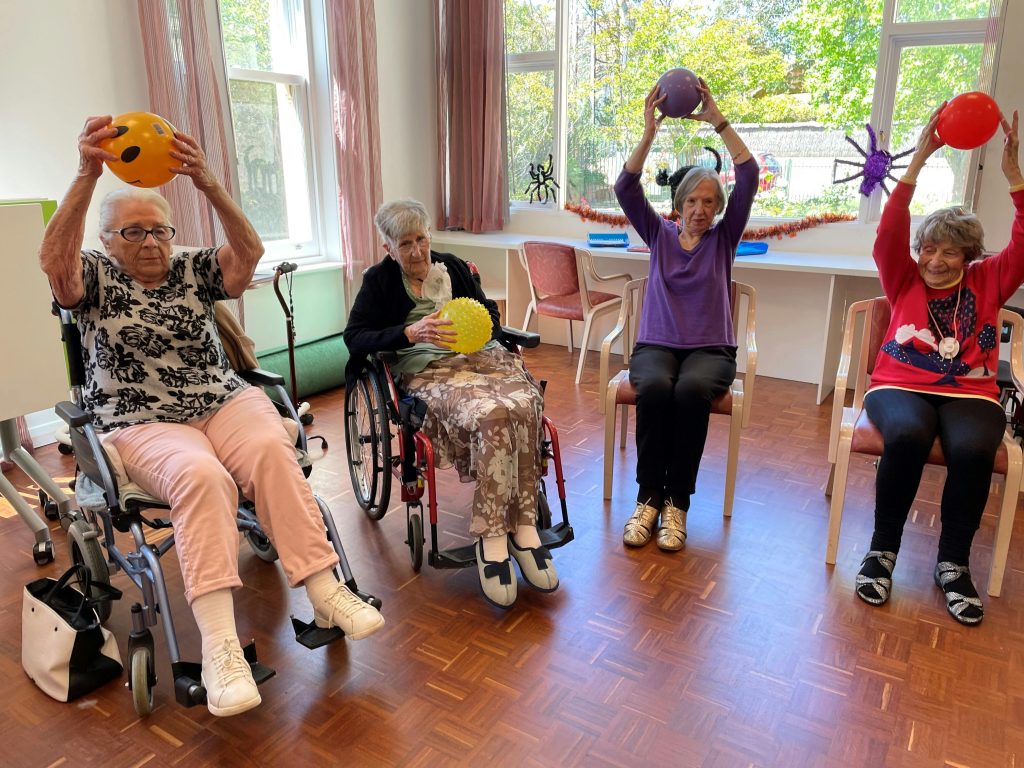Landscape of SEO is ever-evolving, and for assisted living facilities, staying ahead of the curve is essential to ensure visibility and connect with potential residents and their families. In this deep-dive exploration, we unravel the intricacies of SEO strategies tailored for assisted living facilities in the year 2024. Employing the MECE (Mutually Exclusive, Collectively Exhaustive) framework, we cover every aspect, from on-page optimization to emerging trends, providing a roadmap for facilities to not only outrank competitors on Google but also establish a robust online presence.
I. Introduction
A. The Evolving Role of SEO for Assisted Living Facilities
In 2024, SEO is more than just keywords and backlinks. It’s about creating a holistic online experience that aligns with the needs and expectations of potential residents and their families. As we delve into the strategies, it’s crucial to understand the broader context in which SEO operates for assisted living facilities.
- User-Centric Approach: Google’s algorithms are increasingly favoring websites that prioritize the user experience. Assisted living facilities need to align their SEO strategies with user intent and satisfaction.
- Mobile-First Indexing: With the majority of searches happening on mobile devices, a mobile-friendly and responsive website is no longer a luxury but a necessity.
- E-A-T Principles: Expertise, Authoritativeness, and Trustworthiness (E-A-T) continue to be paramount. Facilities must establish themselves as authorities in senior care, fostering trust among online visitors.
II. On-Page Optimization
A. Keyword Research and Implementation
Keyword Mapping
| Target Area | Target Keyword |
|---|---|
| Homepage | Assisted Living |
| Services | Memory Care Services |
| Blog | Senior Health and Wellness Tips |
Long-Tail Keywords
- Localized Keywords: Incorporate location-specific long-tail keywords to capture local search queries, e.g., “Assisted Living in [City].”
- Question-Based Keywords: Anticipate user queries and provide content that directly addresses them, enhancing the chances of featured snippets.
B. Content Strategy
Pillar-Cluster Model
Implement a pillar-cluster model to structure content for maximum SEO impact:
- Pillar Content: Comprehensive pages covering broad topics, such as “Comprehensive Guide to Assisted Living.”
- Cluster Content: Supportive, detailed content pieces linked to the pillar content, e.g., “Benefits of Memory Care” linking to the main guide.
Multimedia Integration
- Video Content: Embed informative videos about the facility, resident testimonials, and virtual tours for a richer user experience.
- Infographics: Utilize visually appealing infographics to convey complex information in a digestible format.
III. Technical SEO
A. Site Structure and Navigation
Site Architecture
| Section | Description |
|---|---|
| Homepage | Overview of facility and services. |
| Services | Detailed information on assisted living and memory care. |
| Blog | Educational content, facility updates, and industry insights. |
Internal Linking
- Strategic Links: Implement strategic internal links to guide users through a logical flow of information.
- Breadcrumb Navigation: Enhance user navigation with breadcrumb links, especially beneficial for mobile users.
B. Page Speed and Mobile Optimization
- Google PageSpeed Insights: Regularly check and optimize for a fast-loading website, crucial for both user experience and SEO.
- Mobile Optimization: Ensure seamless mobile experiences with responsive design, large tap targets, and mobile-friendly content.
IV. Local SEO
A. Google My Business (GMB) Optimization
GMB Optimization Checklist
| Optimization Aspect | Description |
|---|---|
| NAP Consistency | Ensure Name, Address, and Phone number consistency across all online platforms. |
| Reviews and Ratings | Encourage and manage positive reviews to boost trust. |
| Localized Content | Incorporate localized content to attract nearby residents. |
B. Local Citations and Directories
- Niche Directories: Submit facilities to relevant senior care directories to enhance local visibility.
- Local Citations: Ensure accurate and consistent facility information across online directories.
V. Emerging Trends in SEO for Assisted Living
A. Voice Search Optimization
Voice Search-Friendly Content
- Natural Language Keywords: Optimize content for conversational, long-tail keywords.
- FAQ Sections: Anticipate voice search queries and incorporate FAQ sections addressing them.
B. Featured Snippets and Zero-Click Searches
- Snippet Optimization: Structure content to answer specific questions, increasing the chances of appearing in featured snippets.
- Structured Data Markup: Implement schema markup to provide additional context to search engines.
VI. Analytics and Continuous Improvement
A. Key Performance Indicators (KPIs)
SEO KPIs
| KPI | Description |
|---|---|
| Organic Traffic | Measure the overall traffic from organic search. |
| Conversion Rate | Evaluate the percentage of visitors taking desired actions, such as scheduling a tour. |
| Bounce Rate | Monitor the bounce rate to gauge user engagement. |
B. A/B Testing and Iterative Optimization
- A/B Testing: Experiment with different elements, such as headlines, CTAs, or page layouts, and analyze performance.
- Iterative Optimization: Continuously analyze analytics data and user feedback to refine and improve SEO strategies.
VII. Conclusion
In navigating the SEO landscape for assisted living facilities in 2024, the emphasis is on a holistic approach that prioritizes user experience, technical excellence, and responsiveness to emerging trends. By implementing the strategies outlined in this deep dive, facilities can not only outrank competitors on Google but also create a lasting and positive online impression, ultimately attracting and serving their target audience effectively. As the digital realm continues to evolve, staying agile and informed is the key to sustained SEO success in the realm of assisted living.



